A Global Matcha Boom and Its Impact on Japanese Tea Farming
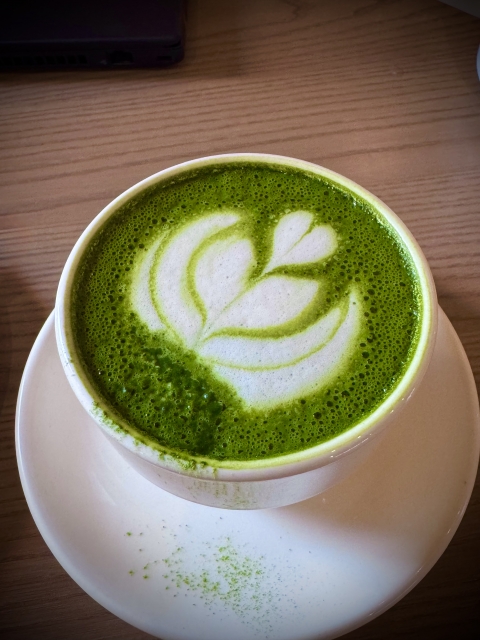
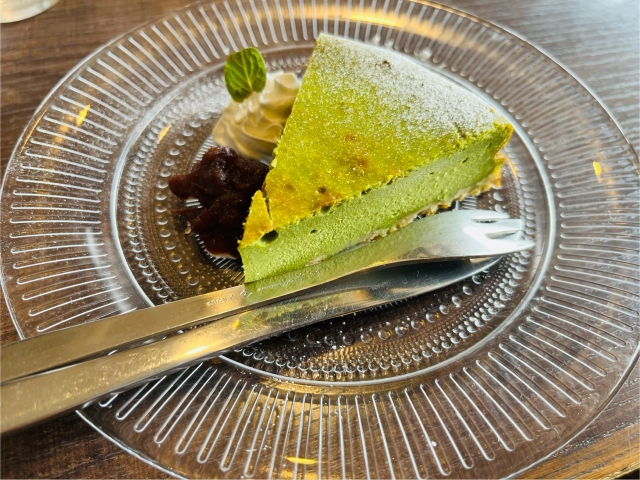
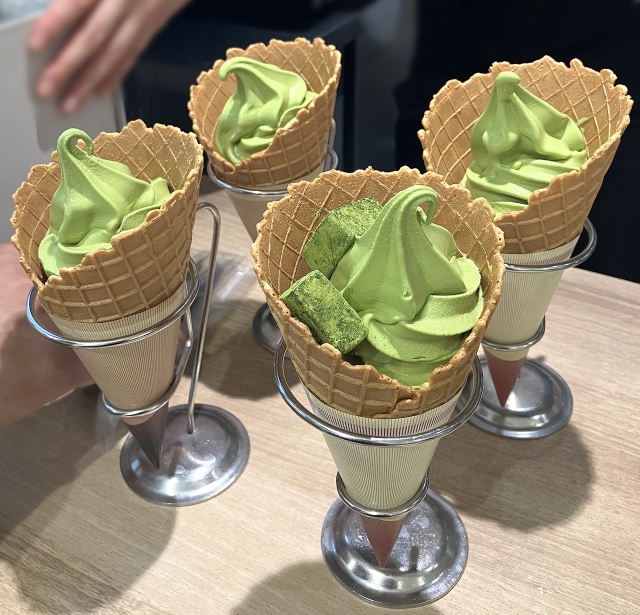
Matcha lattes, matcha ice cream, and matcha cakes — the global boom in matcha shows no signs of slowing down.
As a result, more and more tea farmers in Japan are shifting from producing sencha — the green tea traditionally consumed by Japanese people — to cultivating matcha, which brings higher profits. This shift has led to a noticeable decline in sencha production, causing its price to rise. While this trend may make economic sense for farmers, it is nonetheless a regrettable development for Japanese tea culture.
Sencha: The Green Tea of Everyday Life
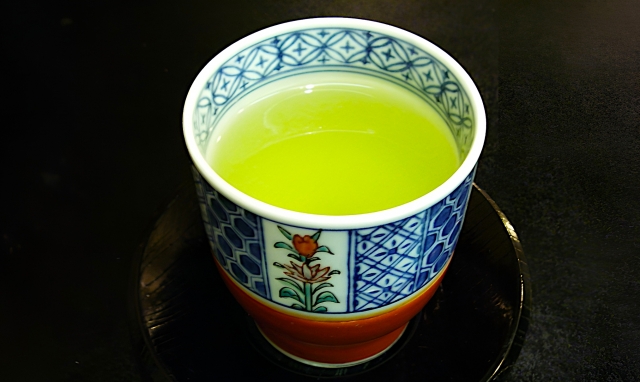

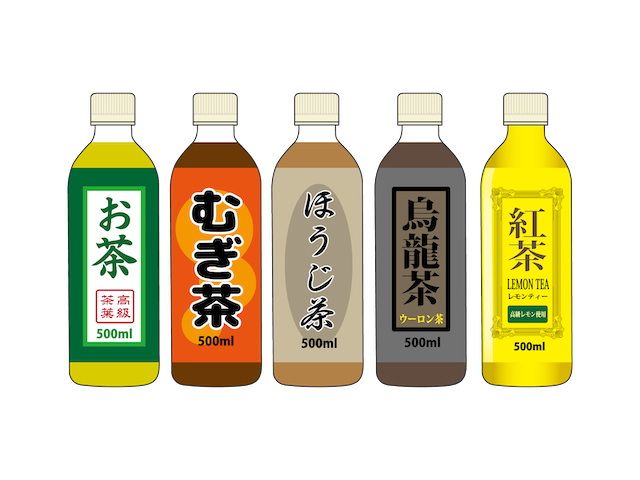
Traditionally, matcha has been used in ceremonial settings such as the Japanese tea ceremony. In contrast, the green tea most commonly consumed in everyday life by Japanese people is sencha. Sencha is made by steaming and drying tea leaves, then placing them in a teapot and brewing with hot water that is slightly cooler than boiling — typically around 60 to 70°C (140–160°F). The tea is then poured into individual cups and enjoyed with meals, alongside sweets, or when entertaining guests. In recent years, however, bottled green tea has become widely available at convenience stores, and the custom of brewing tea in a teapot is gradually disappearing, especially among the younger generation.
Matcha’s Versatility and Modern Appeal
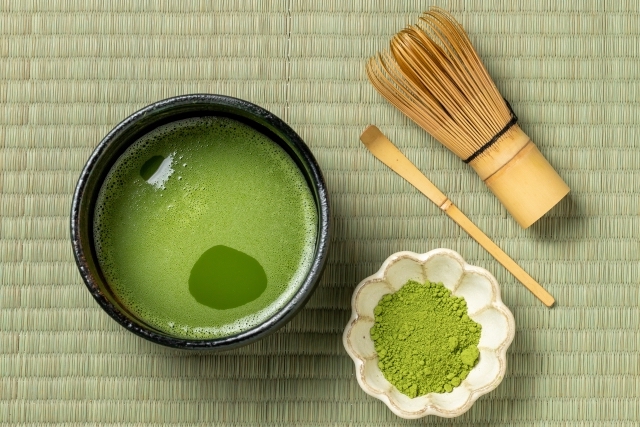
Matcha, on the other hand, has extended its reach beyond traditional tea ceremonies. Because it comes in powdered form, it lends itself well to various forms of processing and has become a popular ingredient in a wide range of sweets and beverages. Its association with health benefits has also contributed to its soaring popularity.
The Economic Logic — and Cultural Consequences
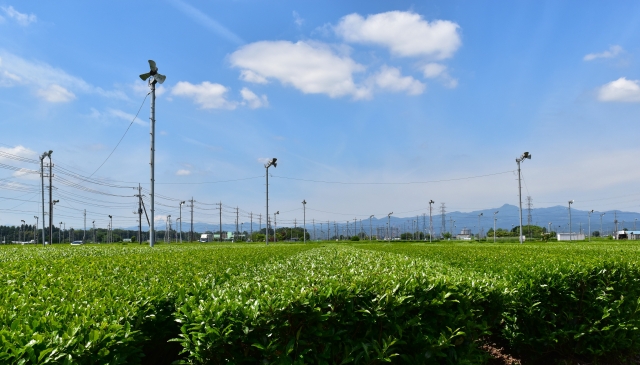
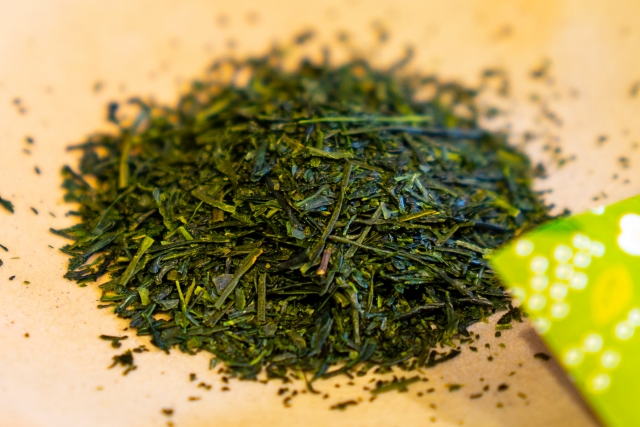
From an economic standpoint, it is understandable that producers would shift toward growing tencha — the raw material for matcha — especially given its strong export demand. However, if this shift results in the decline of sencha culture, it would be a great loss.
A Call to Appreciate Sencha’s Deep Roots
If you have the chance to visit Japan, I strongly encourage you to try sencha. Its subtle and complex flavors offer a depth that reflects centuries of Japanese life and tradition. Above all, sencha remains an integral part of everyday Japanese culture.
In this era of matcha-centric trends, I hope in my own small way to continue sharing the unique charm of sencha with others.

